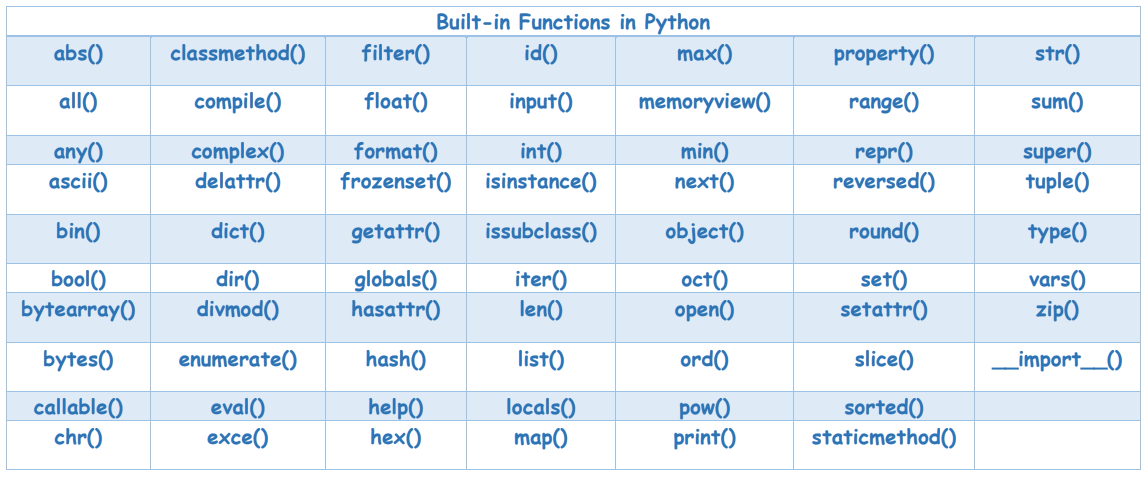Python enumerate() 函数在移动开发中的应用:遍历 UI 元素和事件的最佳实践
发布时间: 2024-06-24 08:25:32 阅读量: 51 订阅数: 22 


# 1. Python enumerate() 函数概述**
Python `enumerate()` 函数是一个内置函数,用于遍历序列(列表、元组、字符串等),同时返回每个元素的索引和值。它在移动开发中广泛应用,因为它提供了遍历 UI 元素和事件的便捷方式。
`enumerate()` 函数接受一个序列作为参数,并返回一个枚举对象。枚举对象是一个迭代器,它包含序列中每个元素的元组,其中第一个元素是索引,第二个元素是值。
# 2. 使用 enumerate() 函数遍历 UI 元素
### 2.1 enumerate() 函数的基本用法
`enumerate()` 函数是一个内置函数,用于遍历序列中的元素,同时返回元素的索引和值。其语法如下:
```python
enumerate(sequence, start=0)
```
其中:
* `sequence`:要遍历的序列,可以是列表、元组或字符串。
* `start`(可选):指定遍历的起始索引,默认为 0。
`enumerate()` 函数返回一个枚举对象,该对象是一个迭代器,每次迭代都会返回一个元组,其中第一个元素是索引,第二个元素是值。
### 2.2 遍历列表中 UI 元素
在移动开发中,我们可以使用 `enumerate()` 函数遍历 UI 元素列表。例如,假设我们有一个包含按钮的列表:
```python
buttons = [Button1, Button2, Button3]
```
我们可以使用 `enumerate()` 函数遍历此列表,并获取每个按钮的索引和值:
```python
for index, button in enumerate(buttons):
print(f"Button {index}: {button.text}")
```
输出:
```
Button 0: Button1
Button 1: Button2
Button 2: Button3
```
### 2.3 遍历嵌套 UI 元素
在移动开发中,UI 元素通常是嵌套的。例如,一个布局中可能包含多个按钮。我们可以使用 `enumerate()` 函数遍历嵌套 UI 元素。
假设我们有一个包含按钮的布局:
```python
layout = LinearLayout()
layout.add(Button1)
layout.add(Button2)
layout.add(Button3)
```
我们可以使用嵌套 `enumerate()` 函数遍历此布局中的所有按钮:
```python
for index, child in enumerate(layout.children):
if isinstance(child, Button):
print(f"Button {index}: {child.text}")
```
输出:
```
Button 0: Button1
Button 1: Button2
Button 2: Button3
```
# 3.1 enumerate() 函数用于遍历事件
在移动开发中,事件是应用程序与用户交互的关键机制。enumerate() 函数可以用于遍历事件列表,从而使我们能够轻松地处理每个事件。
#### 代码示例
以下代码演示了如何使用 enumerate() 函数遍历事件列表:
```python
from kivy.app import App
from kivy.uix.button import Button
class MyButton(Button):
def on_press(self, *args):
# 遍历事件列表
for i, event in enumera
```
0
0





